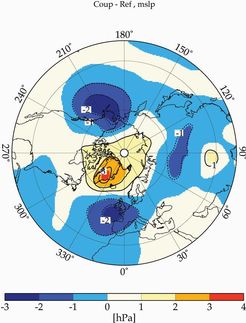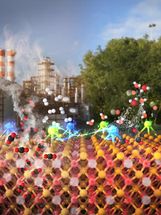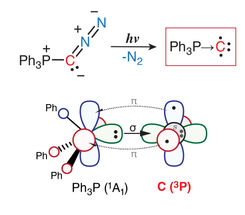Clemson carbon nanotube research part of $3 million award to enhance energy efficiency
Clemson University is part of a five-year $3 million Air Force Office of Scientific Research award, along with the University of Texas at Dallas and Yale University, to search for nanoscale materials that superconduct to allow for efficient flow of a current.
Specifically, the team will explore carbon nanotube-based superconductors to develop composite wires that may eventually be used, among other things, to replace inefficient copper wiring in power lines that presently can lose up to a third of their energy as heat.
"In the superconducting state, the flow of charges does not experience resistance, so the current flow is very efficient," said Clemson University physics professor Apparao Rao. "The holy grail is to get these charges to move with similar efficiency at room temperature instead of at extremely cool temperatures."
At Clemson, Rao has used pulsed lasers to produce superconducting nanotubes that are thousands of times smaller than a strand of hair, also referred to as low-dimensional materials. The process developed in his labs yields carbon nanotubes that are doped with elemental boron, which enables the nanotubes to superconduct at low temperatures.
"We are very excited about this discovery since superconducting nanotubes are not only useful in several applications but also serve as an ideal candidate to explore the underpinning physics in low-dimensional materials, which has long been a challenge," said Rao. "Clemson's role in this research is to build on this success and experiment with nanotubes doped with other elements such as sulfur, nitrogen and phosphorous with a view toward fabricating doped nanotubes that superconduct without having to cool them to very low temperatures, which is the technology used today."
In partnership with UT Dallas and Yale, Rao says the bigger question to be addressed is the incorporation of Clemson's doped nanotubes into high-strength, lightweight superconducting wires for such uses as medical MRI imaging, efficient power lines and other Air Force applications.
Most read news
Other news from the department science

Get the chemical industry in your inbox
By submitting this form you agree that LUMITOS AG will send you the newsletter(s) selected above by email. Your data will not be passed on to third parties. Your data will be stored and processed in accordance with our data protection regulations. LUMITOS may contact you by email for the purpose of advertising or market and opinion surveys. You can revoke your consent at any time without giving reasons to LUMITOS AG, Ernst-Augustin-Str. 2, 12489 Berlin, Germany or by e-mail at revoke@lumitos.com with effect for the future. In addition, each email contains a link to unsubscribe from the corresponding newsletter.



















































